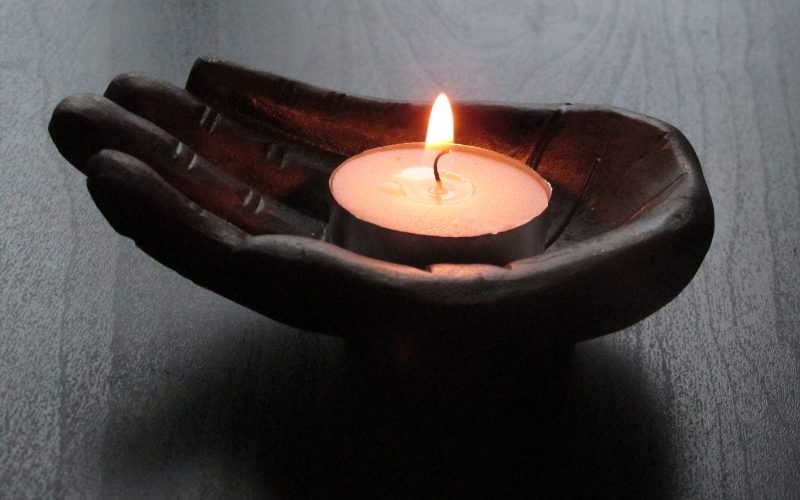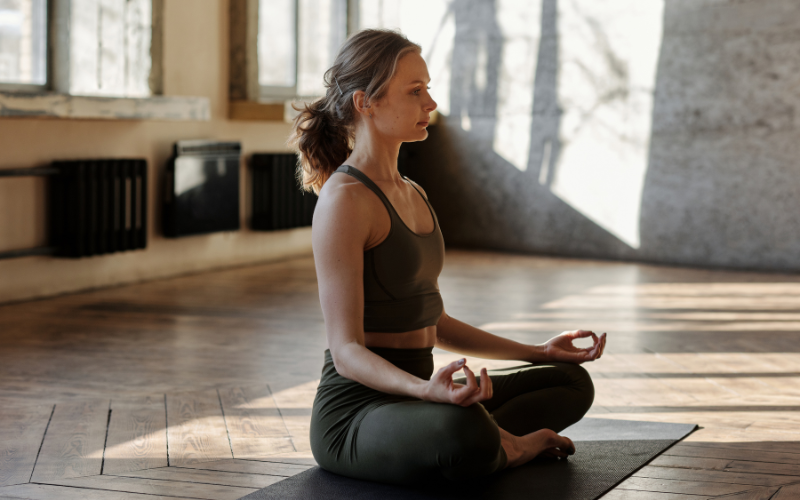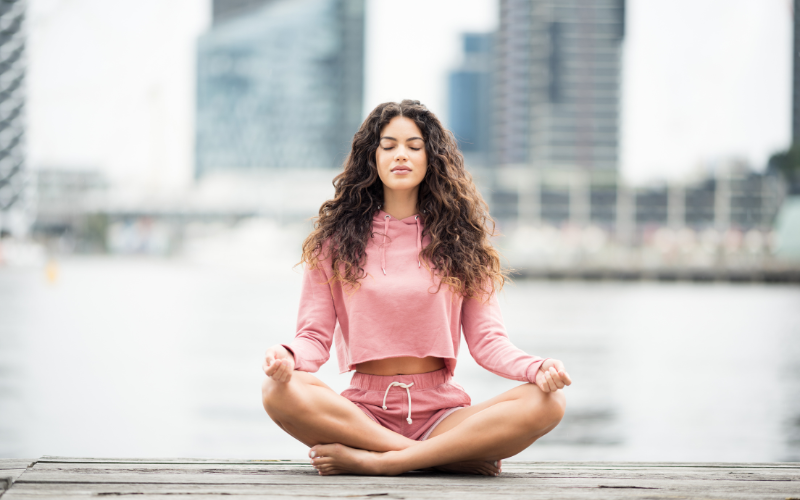Stress is an inevitable part of modern life, and it’s essential to find effective ways to manage and reduce its impact on our well-being. One increasingly popular approach is mindfulness meditation, a set of practices that promote mental clarity, emotional stability, and a heightened sense of awareness. In this article, we’ll delve into five types of mindfulness meditation for reducing stress and improving overall health. By incorporating these practices into your daily routine, you can cultivate resilience and find inner peace amidst life’s challenges.
1.Breath Awareness Meditation
Breath awareness meditation is a foundational mindfulness practice that focuses on the natural rhythm of your breath. By tuning in to the sensation of inhaling and exhaling, you can anchor your awareness in the present moment and let go of distracting thoughts.
How to Practice Breath Awareness Meditation
- Find a comfortable seated position.
- Close your eyes and take a few deep breaths to settle your body and mind.
- Bring your attention to the sensation of your breath as it enters and leaves your nostrils.
- If your mind wanders, gently bring your focus back to your breath.
- Practice for 10-20 minutes daily for optimal stress reduction.

2.Body Scan Meditation
Body scan meditation involves systematically directing your attention to different parts of your body, helping you cultivate a greater sense of awareness and relaxation. This practice enables you to release tension and become more attuned to your body’s signals.
How to Practice Body Scan Meditation
- Lie down or sit in a comfortable position.
- Begin at the top of your head and slowly move your attention down through your body, noticing any sensations or tension.
- As you encounter areas of tension, consciously release the tightness and relax your muscles.
- Continue scanning your entire body until you reach your feet, then reverse the process, moving up to the top of your head.
- Practice for 20-30 minutes to reap the benefits of stress reduction and relaxation.
3. Loving-Kindness Meditation
Loving-kindness meditation, also known as “metta” meditation, involves cultivating feelings of compassion and goodwill towards oneself and others. This practice enhances positive emotions, fosters emotional resilience, and promotes empathy.

How to Practice Loving-Kindness Meditation
- Sit comfortably with your eyes closed.
- Begin by generating warm, compassionate feelings towards yourself, repeating phrases like “May I be happy, healthy, and safe.”
- Next, extend these feelings to loved ones, friends, and acquaintances.
- Gradually expand your circle of compassion to include neutral individuals, challenging people, and ultimately, all living beings.
Components of MBSR
- Guided mindfulness meditation: Practicing sitting and walking meditation to cultivate present-moment awareness.
- Body scan meditation: Systematically focusing on different body parts to release tension and develop body awareness.
- Gentle yoga: Engaging in mindful movement and stretching to improve physical well-being and enhance the mind-body connection.
- Group discussions: Sharing experiences and insights with others to foster a sense of community and support.
- Home practice: Incorporating daily meditation and yoga exercises to maintain and deepen the benefits of MBSR.
How to Participate in MBSR
To experience the benefits of MBSR, consider joining an 8-week course led by a certified instructor. These programs are widely available in-person and online, making it easy to find one that suits your needs and schedule.
4.Zen Meditation
Zen meditation, or Zazen, is a form of mindfulness practice rooted in the Zen Buddhist tradition. Zazen emphasizes the cultivation of present-moment awareness and a non-judgmental attitude towards thoughts and emotions. This practice promotes mental clarity, emotional balance, and spiritual growth.
How to Practice Zen Meditation
- Sit on a cushion or chair with your back straight and your hands resting on your thighs.
- Gaze softly at a point on the floor about 2-3 feet in front of you, allowing your eyes to be partially open.
- Take a few deep breaths to settle your body and mind.
- Focus on your breath, counting each inhalation and exhalation up to 10, then starting over.
- If your mind wanders or becomes entangled in thoughts, gently bring your attention back to your breath.
- Practice for 20-30 minutes daily to experience the stress-reducing benefits of Zen meditation.

5.Mindfulness-Based Stress Reduction (MBSR)
Mindfulness-Based Stress Reduction is an evidence-based program that incorporates mindfulness meditation and gentle yoga to reduce stress and improve mental and physical health. Developed by Dr. Jon Kabat-Zinn, MBSR has been widely researched and has demonstrated effectiveness in reducing anxiety, depression, and chronic pain.
FAQs :
Can I practice more than one type of mindfulness meditation?
Yes, incorporating different mindfulness meditation practices can offer a well-rounded approach to stress reduction and personal growth. Experiment with various techniques to find the combination that works best for you.
How long should I meditate to reduce stress?
Consistency is more important than duration. Aim for a daily practice of at least 10-20 minutes. As your experience grows, you may choose to extend your meditation sessions for greater benefits.
Can mindfulness meditation help with other mental health issues?
Yes, mindfulness meditation has been shown to help with a variety of mental health concerns, including anxiety, depression, and chronic pain. Consult with a mental health professional to discuss incorporating mindfulness meditation into your treatment plan.
Let’s recap:
The five types of mindfulness meditation for reducing stress discussed in this article offer unique pathways to improved mental, emotional, and physical well-being. Whether you choose to practice breath awareness meditation, body scan meditation, loving-kindness meditation, MBSR, or Zen meditation, incorporating these practices into your daily routine can help you navigate life’s challenges with greater resilience and inner peace. Remember, consistency is key, and finding the right combination of techniques tailored to your needs will set you on the path to lasting stress reduction and personal growth.



